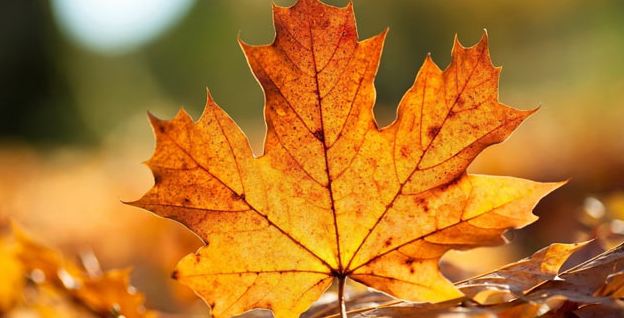FWP:
SETS == BASKIH; MUSHAIRAH; WORDPLAY
HENNA:
{18,4}
SPRINGTIME: {13,2}
For background see S. R. Faruqi's choices. This verse is NOT one of his choices; I thought it was interesting and have added it myself. For more on Ghalib's unpublished verses, see the discussion in {4,8x}.
In this opening-verse we have a first line so abstract that we can't guess where the verse is going-- and also baskih to make sure that several possibilities open up for connecting the two lines. In proper mushairah-verse style, not until (after a suitable delay) we are allowed to hear the second line-- and even then, not until the very end of the line, with its punch-word chanaar -- can we at all understand the verse.
The second line presents us with metaphors of radiant redness: autumnal plane-tree 'hands' (=leaves), henna, fire. And when we finally hear chanaar , our pleasure is increased by knowing that 'plane-tree' is also a name for 'a circle stained (by women) on the hand or foot with privet or ;hinaa ' (see the definition above).
It seems that fire is autumn, or autumnal, for only thus can it bring radiant redness to the plane-tree leaves by means of 'turning, changing' the rich display of verdure (the 'practice of dignity') of the spring. Does the fire do this 'to such an extent' (such that it becomes henna)? Or is it 'because' the fire does this that it becomes henna? Or perhaps, 'although' the fire causes this (seemingly damaging) change, it nevertheless becomes henna? The flexibility of baskih (for more on this see {1,5}) is put to excellent use.

Asi:
Since fire is absorbed in the practice of the dignity of the spring, on the hand (by which leaves are meant) of the plane-tree color has remained like henna. Poets call a leaf of the plane-tree a 'hand' [panjah], and it's probable that it is also believed to be red.
== Asi, pp. 135-136